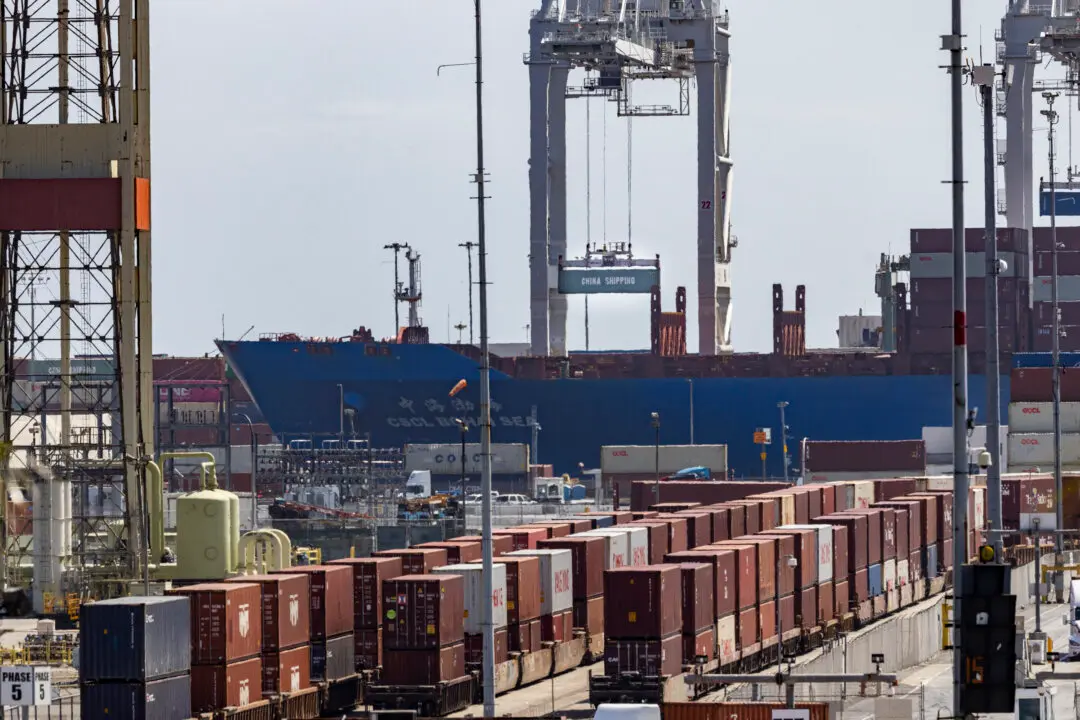The S&P 500 closed above 4,700 on Nov. 8, recording a fresh record high after Congress approved President Joe Biden’s infrastructure spending proposal. The Dow Jones Industrial Average and the Nasdaq Composite also touched new all-time highs.
During a raucous Nov. 5 on Capitol Hill, the House of Representatives passed a $1.2 trillion bipartisan infrastructure bill. The legislation, which received a final vote of 228–206, now heads to Biden’s desk for his signature.





